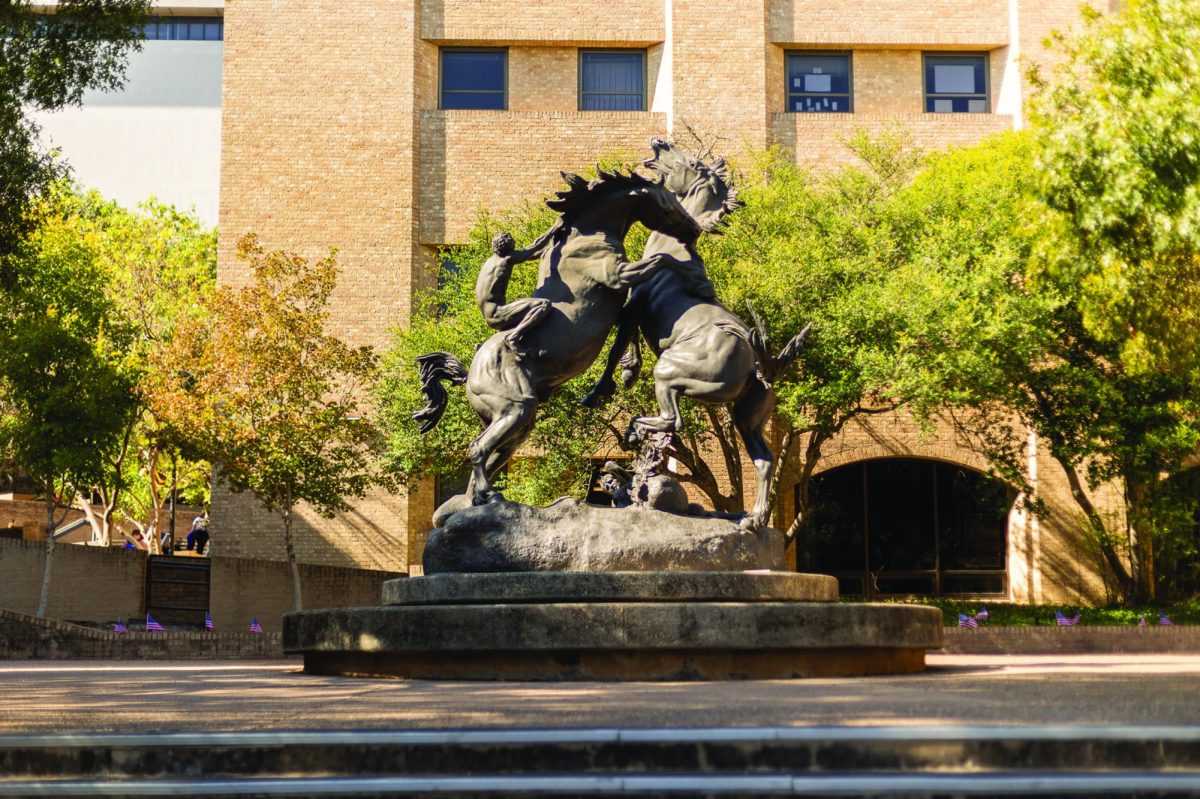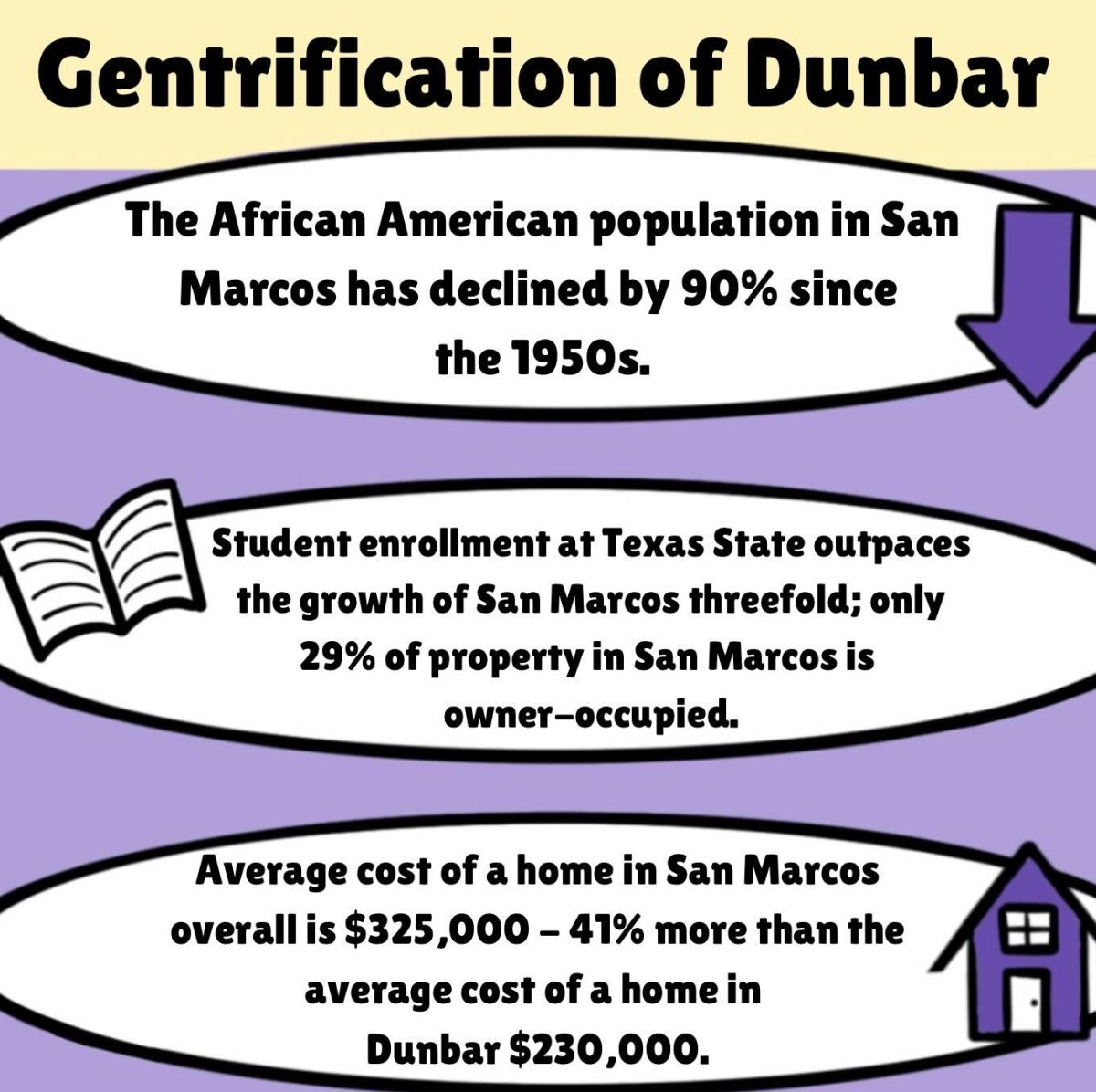The spookiest part of day to day student life is the normalized hunger and financial suffering students are expected to endure as a part of the college experience.
Once you leave behind the invisible spending spree of Texas State’s meal trade options, the food choices on campus that fit within a reasonable budget become limited and a harsh reality for many students’ eating habits.
In most major cities and even small towns, it is relatively easy to find a sufficient meal for less than $5. Whether it is gas station tacos or street side food vendors, quick and cheap food options are an essential equalizer for any moderately populated area.
However, given that the dining options of Texas State are monopolized primarily by the major corporate interests of Chartwells inc., much of the food on campus is neither cheap or quick. This leads students who cannot afford full meal plans to endure hunger or to seek out generous underclassmen. The latter is only a limited option for even the most socially apt and the former results in tired, over-worked and frustrated students who have a much harder time performing in classes than their sufficiently fed peers.
Many students work off-campus jobs in order to mitigate the growing expense of college tuition. The mental strain of balancing class and work, along with impending bills and other potential expenses, is often overlooked. The idea of working your way through college is a part of the American dream. If one is truly capable of working hard in both aspects, they can pay off their loans and lead a successful life. However, this is simply not a reality with financial aid constantly being threatened and the minimum wage as low as it is. Beyond just the financial impracticalities, the disillusionment the hardest working students are left to deal with can ruin a college experience, at best, or produce severe mental health issues, at worst.
When we address food insecurity, it is easy to look at the financial or geographic reasons people do not have access to healthy, sustainable food options. However, it is important to factor in the mental labor it takes to navigate a grocery store and identify what’s healthy.
Consider a student who is taking 15 hours, involved in an organization and works at least one part-time job; if their day regularly starts at 9 a.m. and they often don’t get home until 10 p.m., they likely don’t have much energy left to spend making grocery lists, shopping and cooking. The best options become fast food or quick, usually unhealthy snacks in between responsibilities. There is also an unspoken mental tax on someone who knows that health should be a priority but simply doesn’t have energy leftover to make it one. For some students, the final decision of the day is between a sufficient meal, homework or sleep. Sometimes it can be two, but rarely are all three viable options.
The horror is not only of the physical effects of this reality but also of the mental toll this situation can accumulate over two to three years of someone’s college experience. As the university continues to accept larger freshman classes and raise tuition and fees, it needs to recognize the simple fact that frustrated and hungry students do not make good alumni.
The idea that suffering is essential to success is one plague on our society that we can address proactively. Let us demand more sustainable, cheaper food options for students on the go, not as a means of charity or good will, but as a practical investment in the future of our country.
– Tafari Robertson is a public relations senior
Categories:
The horrors of day to day student suffering
November 4, 2017
Illustration by Haley Prieto | Staff Illustrator
0
Donate to The University Star
Your donation will support the student journalists of Texas State University. Your contribution will allow us to purchase equipment and cover our annual website hosting costs.
More to Discover








